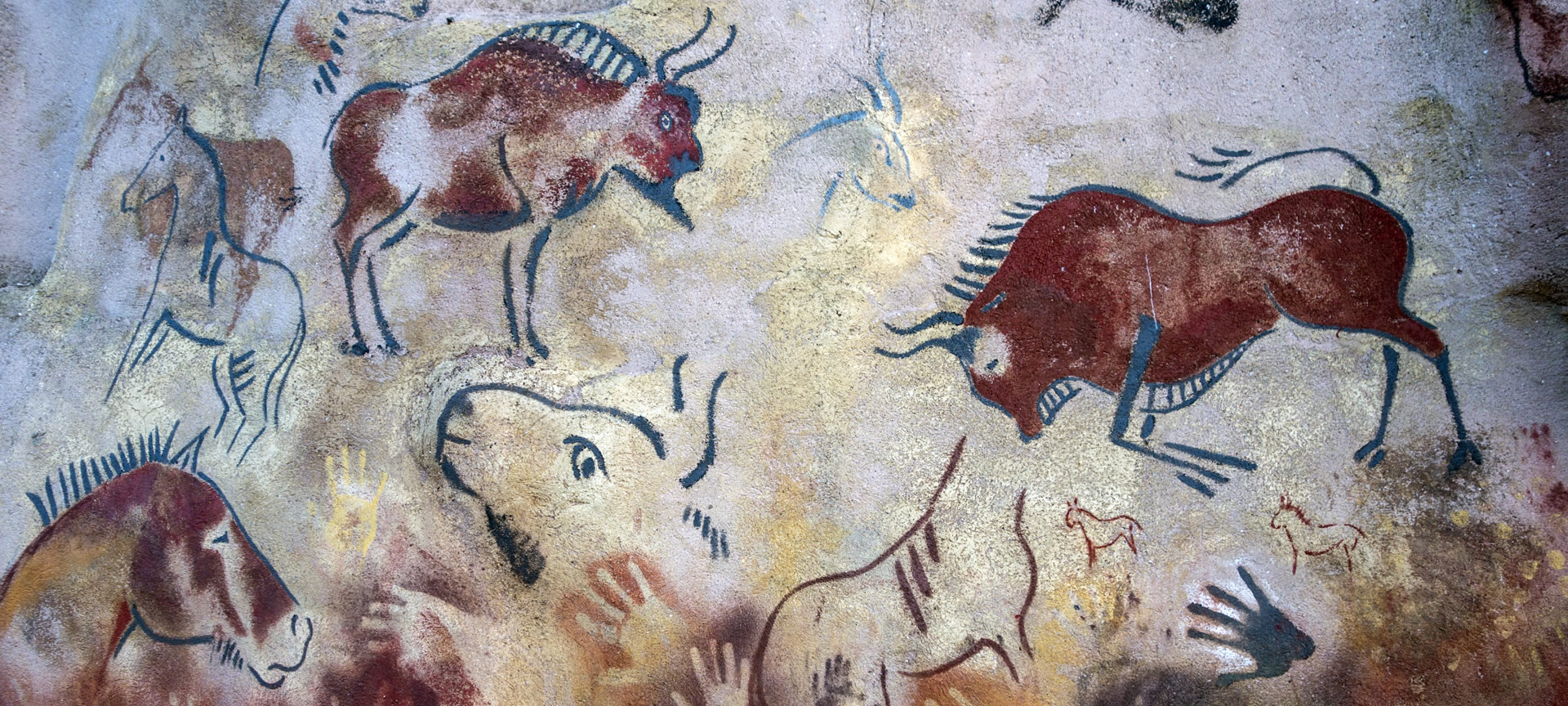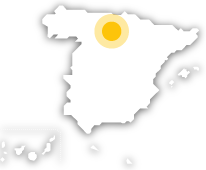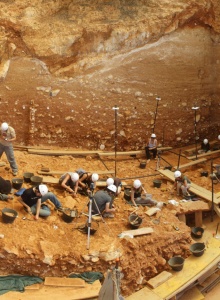
Burgos
Atapuerca is a small municipality located 18 kilometres from Burgos, on the north slope of the mountain range with the same name. It is renowned for the prehistoric archaeological sites discovered there.
Declared a UNESCO World Heritage Site on 30 November 2000, the Atapuerca mountain range sites are the only ones in Europe where it is possible to see how ways of life have evolved, from the first humans who lived on the Old Continent approximately one million years ago to very recent eras.
Debe activar Javascript para poder utilizar este servicio
Don’t miss it
What to visit
Select from the list or hover over the map to find out about points of interest.
Activa JS





